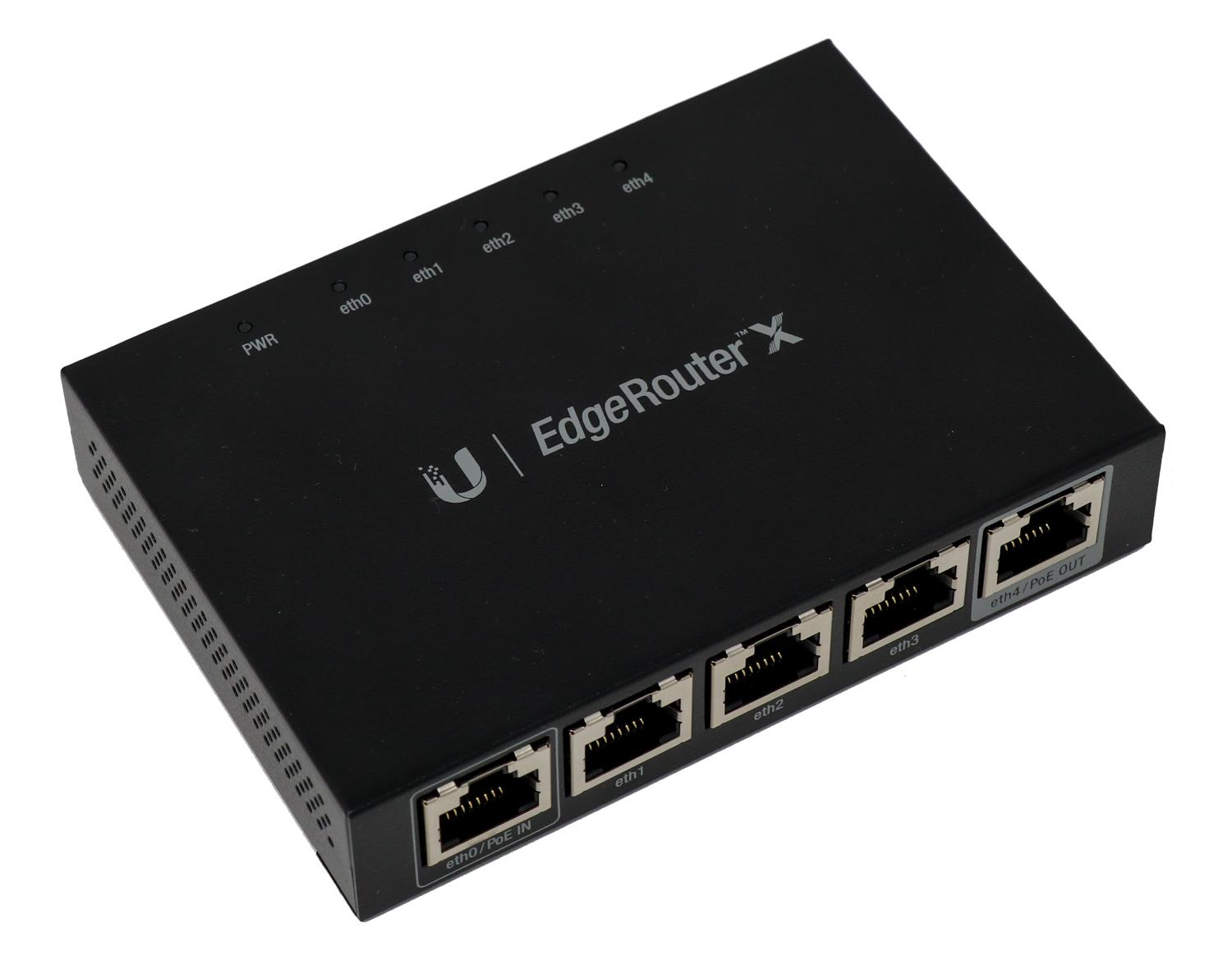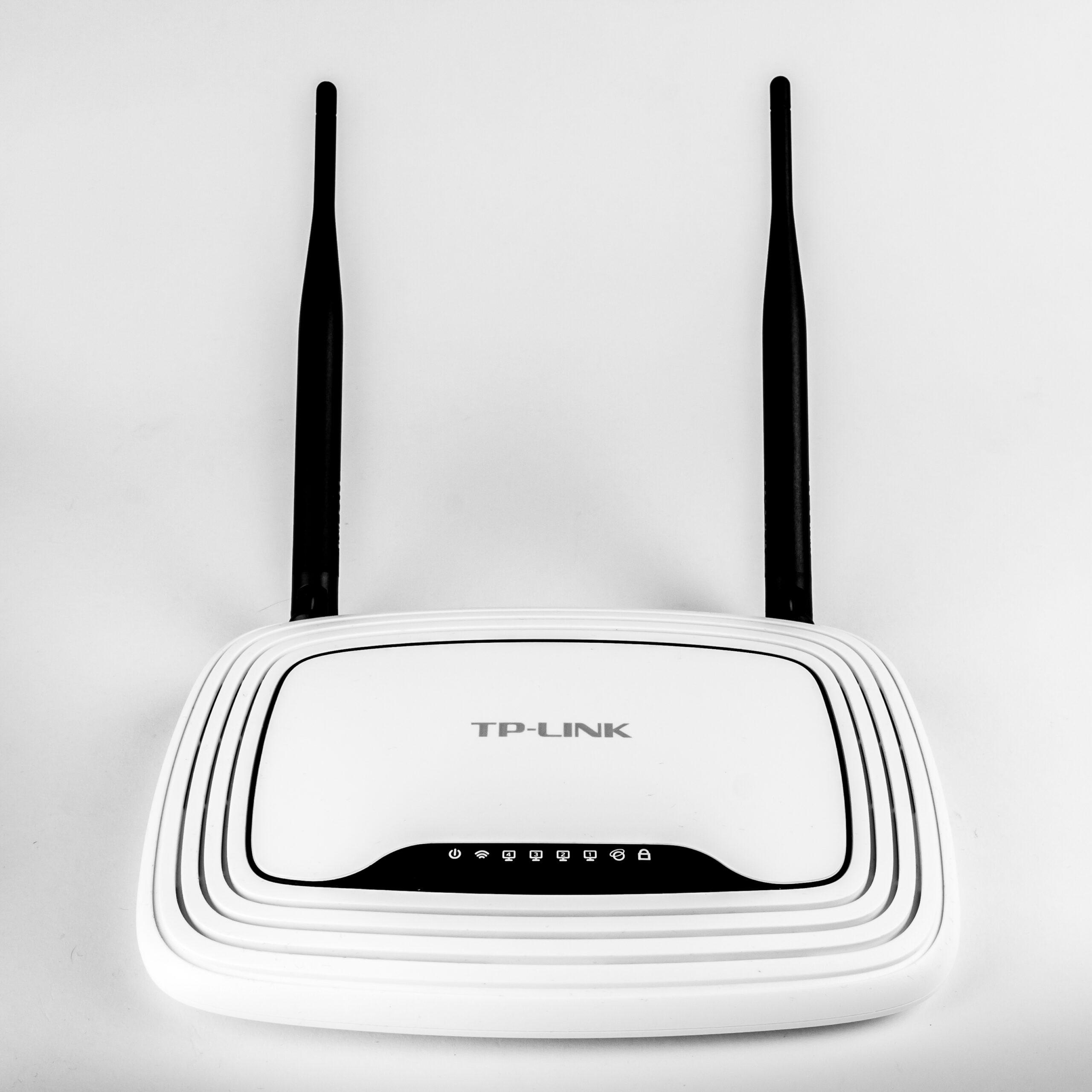
In today’s ever-connecting world, having a basic understanding of networking technologies has become essential for individuals and businesses alike. One of the most important components of any network setup is a router. Whether you’re a tech enthusiast eager to delve into the world of networking or a novice seeking to enhance your internet experience, this article aims to provide a comprehensive guide on how to use a router effectively. By delving into the fundamentals of router functionality, exploring essential setup procedures, and providing troubleshooting tips, we will equip you with the knowledge and skills necessary to confidently navigate the maze of network configurations. So, let’s embark on this informative journey and unravel the intricacies of utilizing a router to its full potential.
Introduction
Today we are going to learn how to use a router, an essential tool for both professional woodworkers and DIY enthusiasts. A router is a versatile power tool that can be used for a variety of woodworking tasks, such as creating decorative edges, cutting grooves, and shaping wood. By following these simple steps, you’ll be able to master the router and unleash your creativity in no time.
The first step is to choose the right router for your needs. There are two main types of routers: plunge routers and fixed-base routers. Plunge routers allow you to adjust the cutting depth while the router is running, making them great for tasks that require precision and versatility. Fixed-base routers, on the other hand, are more stable and easier to control, making them ideal for beginners. Whichever type you choose, make sure to select a router with enough power and a comfortable grip.
Next, it’s time to set up your workstation. Start by securing your router in a router table or using clamps to attach it to a workbench. This will provide stability and make it easier to control the tool. If you’re using a handheld router, make sure to wear safety glasses and secure the wood you’ll be working on with clamps. Safety should always be a top priority when using power tools.
Now that your router is set up, let’s look at some basic techniques. The first technique is edge routing, which involves using the router to create decorative edges on a piece of wood. To do this, simply guide the router along the edge of the wood, moving from left to right. You can use a straight edge or a router guide to ensure a straight and even cut. Experiment with different router bits to create unique and intricate designs.
Another useful technique is dado cutting, which involves cutting a groove or channel into a piece of wood. Dado cuts are commonly used to create joints or to insert panels into cabinets and shelving units. To make a dado cut, set the cutting depth of your router and guide it along the wood, moving from one end to the other. Repeat the process until you achieve the desired width and depth. Always remember to make several shallow passes instead of trying to cut the entire groove in one go.

Types of Routers and Their Uses
When it comes to using a router, understanding the various types and their specific uses is essential. Routers are versatile tools that can be utilized for a wide range of tasks, from woodworking to networking. In this post, we will explore different types of routers and how they can be effectively utilized.
1. Fixed Base Router:
A fixed base router is the most common type of router and is ideal for general woodworking tasks. It allows for precise depth adjustments and is perfect for tasks such as cutting, grooving, and shaping wood. This router is typically mounted on a table, providing stability and ease of use.
2. Plunge Router:
If you require more versatility, a plunge router is the way to go. It allows you to plunge the bit into the material, making it suitable for tasks such as creating intricate designs, mortising, and template routing. The ability to control the depth while the router is in motion gives you greater control and precision.
3. Laminate Trim Router:
Laminate trim routers are specifically designed for trimming and edging laminate materials. They are lightweight, compact, and perfect for jobs such as applying veneers and trimming plastic edges. These routers often come with various edge guides that provide accurate and consistent results.
4. CNC Router:
If you are looking to take your woodworking or crafting to the next level, a CNC (Computer Numerical Control) router is worth considering. This router is controlled by a computer, allowing for precise and automated cutting, carving, and engraving. It is commonly used in sign making, furniture production, and prototyping.
5. Wireless Router:
While not directly related to woodworking, wireless routers play a vital role in the digital world. A wireless router allows you to create a Wi-Fi network in your home or office, enabling multiple devices to connect to the internet wirelessly. It is an essential tool for internet access and networking, providing seamless connectivity for various devices.
Regardless of the type of router you choose, understanding their uses and capabilities is crucial for successful and efficient work. Each router has its own strengths and is designed for specific tasks. Remember to always prioritize safety and follow proper operating procedures when using any router.

Setting Up Your Router
A router is a device that helps you connect to the internet and create a home network. correctly is vital to ensure a stable and secure internet connection for all your devices. In this section, we will guide you through the necessary steps to set up your router from scratch.
Step 1: Unboxing and Connecting Your Router
Unpack your router and ensure that all the necessary components are included. You will typically find the router, power adapter, Ethernet cable, and information booklet. Connect the router to a power source using the power adapter provided. Use the Ethernet cable to connect your router to the modem provided by your internet service provider (ISP). Make sure all the connections are secure before proceeding to the next step.
Step 2: Accessing the Router’s Configuration Page
To configure your router, you need to access its configuration page. Open a web browser on your computer and type in the default IP address of your router in the address bar. This information can be found in the router’s manual or on its back panel. Once you enter the IP address, press enter, and you will be prompted to enter your login credentials.
Step 3: Setting Up Wireless Network
After accessing the configuration page, navigate to the wireless settings section. Here, you can select a unique name, also known as the SSID (Service Set Identifier), for your wireless network. Make sure to choose a name that is easy to remember and avoid using personal information. Next, set up a strong password for your network to prevent unauthorized access. It is recommended to use a combination of uppercase and lowercase letters, numbers, and special characters.
Step 4: Configuring Network Security
Security is crucial for protecting your network and devices from potential threats. Enable encryption options such as WPA2-PSK (Wi-Fi Protected Access 2 - Pre-Shared Key) for your wireless network. This ensures that all data transmitted between your devices and the router is encrypted and secure. Additionally, consider enabling MAC address filtering, which allows you to specify which devices can connect to your network based on their unique MAC addresses.
Step 5: Regularly Updating Firmware
Firmware updates provide essential bug fixes, performance improvements, and security patches for your router. Check the manufacturer’s website regularly for firmware updates specific to your router model. Download and install the latest firmware to keep your router up to date and secure. Remember, an outdated firmware can leave your network vulnerable to cyberattacks.
By following these steps, you can successfully set up your router and enjoy a reliable and secure internet connection. Remember to keep your router settings updated and periodically check for firmware updates to ensure the best performance and security.
Configuring Your Router
Once you have set up your router, it’s time to configure it to ensure optimal performance and security. allows you to customize various settings, including your network name, password, and advanced options. In this article, we will guide you through the process of step by step.
Step 1: Access the Router’s Web Interface
To configure your router, you need to access its web interface. Open your preferred web browser, and in the address bar, type the default IP address of your router. Common default IP addresses include 192.168.0.1 or 192.168.1.1. Press Enter, and you will be prompted to enter your router’s username and password. If you haven’t changed them, check the router’s manual or search online for the default login credentials.
Step 2: Change Your Network Name (SSID)
Changing your network name, also known as the Service Set Identifier (SSID), can help distinguish your network from others in your vicinity. In the router’s web interface, navigate to the wireless settings section. Look for the SSID field and enter a unique and easily identifiable name for your network. Avoid using personal information or sensitive data as your SSID. Once you have entered the new name, save the settings.
Step 3: Set a Strong Password
Securing your router with a strong password is crucial for protecting your network from unauthorized access. In the security or wireless settings section of the web interface, find the password field and create a strong, unique password. A strong password should contain a combination of upper and lowercase letters, numbers, and special characters. Remember to save the settings after setting the new password.
Step 4: Enable Network Encryption
Enabling network encryption ensures that all data transmitted between devices on your network is encrypted and secure. Look for the encryption or security settings in the router’s web interface and select WPA2-PSK (Wi-Fi Protected Access 2 with Pre-Shared Key) as the encryption method. This encryption method provides a high level of security. Remember to save the settings after enabling encryption.
Step 5: Optimize Advanced Settings
If you want to fine-tune your router’s performance, you can explore the advanced settings available in the web interface. These settings may include options to prioritize certain types of network traffic, set up parental controls, or adjust the quality of service. However, be cautious while making changes in advanced settings, as incorrect configurations may impact your network’s stability. Always refer to your router’s manual or consult online resources for guidance when modifying advanced settings.

Optimizing Router Performance
A reliable and high-performing router is essential for a seamless internet experience. Whether you use the router for work, online gaming, or streaming, optimizing its performance can significantly enhance your overall internet connectivity. In this section, we will explore some helpful tips and tricks to make the most of your router.
Placement matters: Start by placing your router in a central location, away from obstructions such as walls and large appliances. High up and in an open area is ideal. Ensure that there is enough space around the router for adequate airflow to prevent overheating.
Update firmware regularly: Manufacturers often release firmware updates to improve the router’s performance and fix potential security vulnerabilities. Check the manufacturer’s website or your router’s settings page regularly for updates. You can typically update the firmware within the router’s administrative console.
Secure your network: Protect your router and your internet connection by enabling WPA2 or WPA3 encryption. This prevents unauthorized access and helps keep your network safe from potential cyber threats. Remember to set a strong password that combines letters, numbers, and symbols.
Manage interference: Other wireless devices in your home, such as cordless phones and microwave ovens, can interfere with your router’s signal. To minimize interference, keep your router away from these devices. Additionally, changing the router’s channel settings can help avoid conflicts with neighboring networks.
Optimize wireless settings: Adjust your router’s wireless settings for optimal performance. Change the network name (SSID) to something unique and easily identifiable. Employing the latest Wi-Fi standard, such as Wi-Fi 6 (802.11ax), can provide faster speeds and better reliability, especially if you have multiple devices connected at once.
But what if you’re still experiencing issues even after following these optimization tips? Don’t worry – there are tools available to help you diagnose and troubleshoot router problems. One popular option is using a Wi-Fi analyzer app. These apps provide a visual representation of the Wi-Fi signals in your area, allowing you to identify potential sources of interference and select the least congested channel.
In addition, you might consider conducting a speed test to check if your internet connection is performing as expected. Online speed test websites can measure your download and upload speeds, providing valuable insight into the health of your connection. If the results are significantly lower than what you pay for, contact your internet service provider to investigate the issue.
By optimizing your router’s performance, you can enhance your online activities and ensure a smooth internet experience for all your devices. Remember to treat your router as an essential part of your setup and follow these tips to make the most of its capabilities. With a little tweaking and regular maintenance, you’ll be able to enjoy a fast and reliable connection throughout your home or office.
Q&A
Q: What is a router and what is its purpose?
A: A router is a networking device that connects multiple devices to the internet and allows them to communicate with each other. Its main purpose is to forward data packets between networks, ensuring efficient and secure transmission of information.
Q: How do I connect to a router?
A: To connect to a router, you need an Ethernet cable or a wireless connection. If using an Ethernet cable, simply plug one end into the router’s LAN port and the other end into your device’s Ethernet port. For a wireless connection, select your router’s Wi-Fi network from the available options on your device and enter the password if prompted.
Q: How can I access the router’s settings?
A: To access the router’s settings, you typically need to open a web browser and enter the router’s IP address in the address bar. The IP address can usually be found on the bottom of the router or in the user manual. Once entered, you will be prompted to enter a username and password to log in to the router’s administration panel.
Q: How do I change the default Wi-Fi password on my router?
A: To change the default Wi-Fi password, log in to the router’s settings page using your admin username and password. Look for the wireless settings or Wi-Fi configuration tab, where you can locate the option to change the network name (SSID) and password. Choose a strong and unique password that is not easily guessable to enhance your network’s security.
Q: What is port forwarding and how can I set it up on my router?
A: Port forwarding enables you to access services or devices on your network from the internet. To set it up, access your router’s settings and find the port forwarding or virtual server configuration section. Specify the protocol (TCP or UDP), external and internal ports, and the local IP address of the device you want the data to be forwarded to. Save the settings, and the router will direct incoming traffic to the specified device.
Q: How can I improve the Wi-Fi signal strength in my home?
A: To enhance Wi-Fi signal strength, ensure your router is placed in a central location, away from obstructions. Avoid interference by keeping it away from other electronic devices. You can also try changing the Wi-Fi channel in the router’s settings to reduce interference from neighboring networks. Upgrading to a dual-band router or using a Wi-Fi range extender can also help improve signal coverage in larger homes.
Q: Can I connect multiple devices to my router simultaneously?
A: Yes, one of the primary functions of a router is to allow multiple devices to connect to the internet simultaneously. This is usually achieved through wired Ethernet connections or a wireless network. Most modern routers can handle a significant number of devices without any issues.
Q: What security precautions should I take to protect my router?
A: To ensure router security, always change the default username and password after setting up your device. Enable encryption (WPA2) for your Wi-Fi network and regularly update your router’s firmware to access the latest security patches. Additionally, disable remote administration and consider using a strong firewall to protect your network from unwanted intrusions. In conclusion, learning how to use a router is an essential skill for anyone looking to optimize their internet experience. By understanding the basic functions and settings, you can ensure superior performance, security, and reliability for all your connected devices. Start by familiarizing yourself with the router’s hardware and connecting it to your modem. Explore the router’s user interface, accessing it through a web browser, and take advantage of the various features and settings it offers. From configuring wireless networks to managing parental controls and enhancing QoS, you have the power to tailor your network to suit your specific needs. Remember to regularly update the router’s firmware and change default passwords to enhance security. Lastly, troubleshoot any connectivity issues using the troubleshooting guide provided by the router manufacturer. With practice, you’ll become proficient in utilizing your router to its fullest potential, enjoying seamless internet connectivity throughout your home or office. So dive in, explore your router’s capabilities, and unlock the true potential of your internet connection today!






